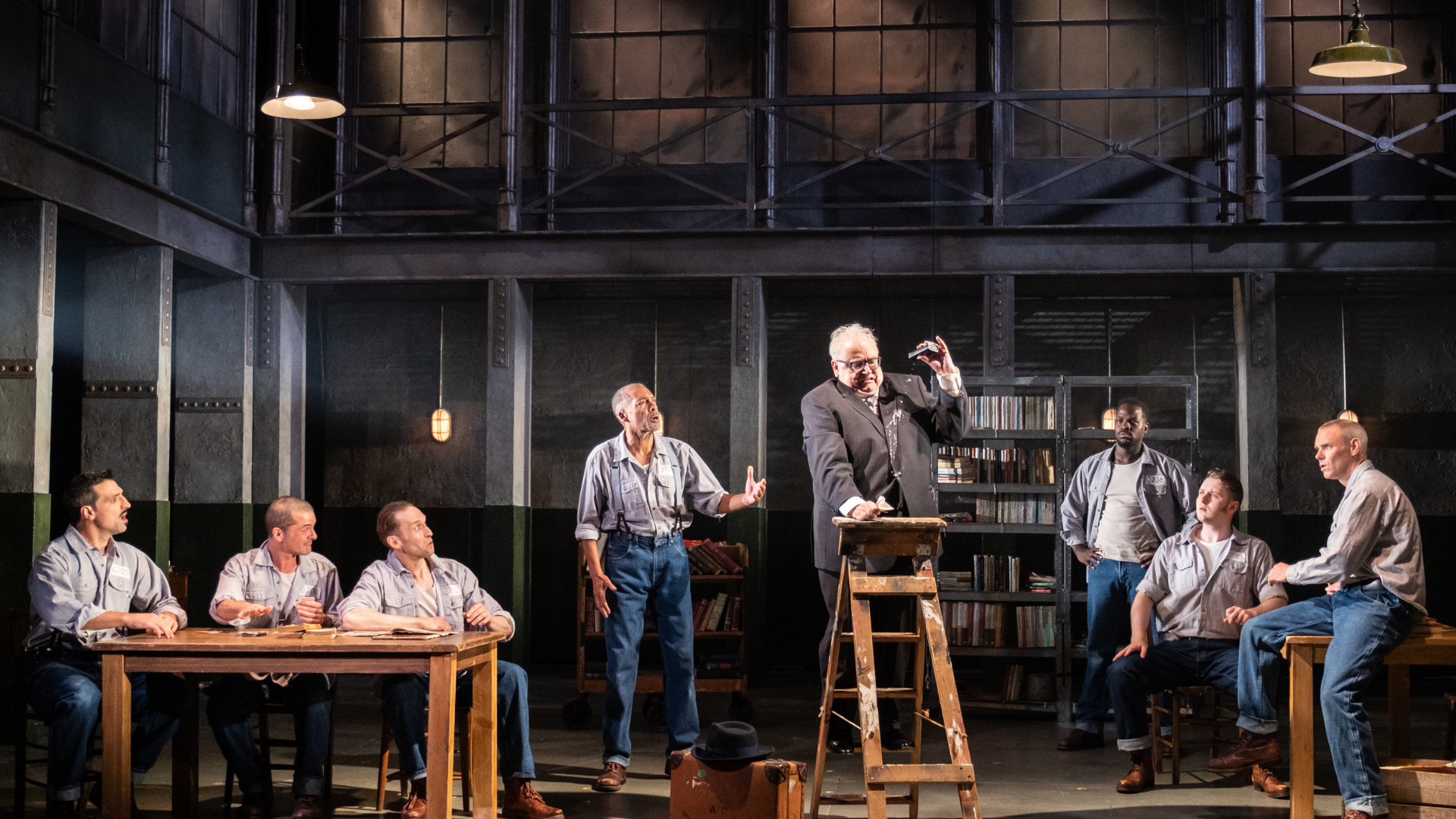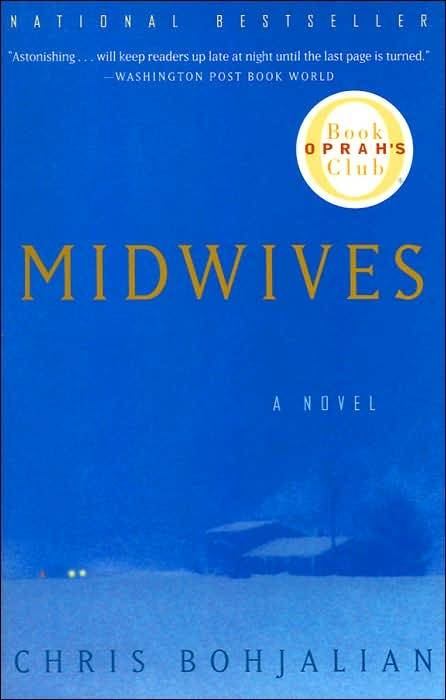When the increase in COVID-19 cases forced us to cancel our return to Europe this winter, we started to look for options for the break between Christmas and New Year. The ski resort in West Virginia where we used to go when the kids were younger and learning to ski had become too limited for us. We thus extended our search and found that Killington in Vermont offered the right snow conditions and precautions against the virus. The drive was about eight hours, going up towards New-York, enjoying some superb views of Manhattan from New Jersey, before heading North towards the Canadian border. The trip’s last hours was on smaller roads finding their way through the mountains and small towns of Vermont. The state’s name come from the French and illustrates well the landscape’s topography, even if green was not the dominant color in winter.
As I was packing, I remembered that the novel « Midwives » by Chris Bohjalian, which I had in my bookcase but had not yet read was set in Vermont. The cover representing an isolated house during a heavy snowstorm seemed in agreement with the season.
It’s indeed during a snow-, or rather a freezing rainstorm, towards the end of winter in the 80s, that the events at the heart of novel’s drama take place. Sybil Danforth is an independent midwife who does home births. She had been asked, together with her assistant, to deliver the baby of Charlotte Bedford, the wife of a pastor who recently moved to the neighborhood. The mother’s labor becomes painful and she exhausts herself. Sybil wants to drive her to the hospital but her car’s wheels spin on the ice. Impossible to call 911: the phone lines are down because of the precipitations’ weight. In the middle of her contractions, Charlotte suffer from an attack. Sybil tries everything to resuscitate her using CPR but comes to realize that she is not responding. She then decides to save the child and performs a C-section with a kitchen knife.
Even if those facts are known from the book’s start, I read the novel like a thriller. Very quickly the question becomes whether Charlotte Bedford was actually dead during the C-section performed by Sybil. If yes, the midwife saved her baby’s life. But if not, isn’t she responsible for the mother’s dead? The state troopers arrive at Sybil’s home to take her deposition. Pastor Bedford, the husband of the dead mother, and Anne, Sybil’s young assistant, declare having observed blood spurting at the time of the incision… The judicial system starts rolling and the medical establishment take this opportunity to lash out at these unregistered midwives.
The novel is written from Connie’s point of view. She is Sybil’s fourteen-year-old daughter and this drama shatters her life and her family, as she is just going through her first adolescent experiences. She observes the frequent visits by Stephen Hastings, the lawyer advising her mom to prepare the trial and testify in front of the jury. Seated one row behind her mother, next to her father and her grandmother, she in attendance for each audience. This perspective adds a very human touch to a judicial novel otherwise perfectly plotted. The book – which was adapted for the cinema – also opens a window to one of the smallest but most endearing states in the US.











